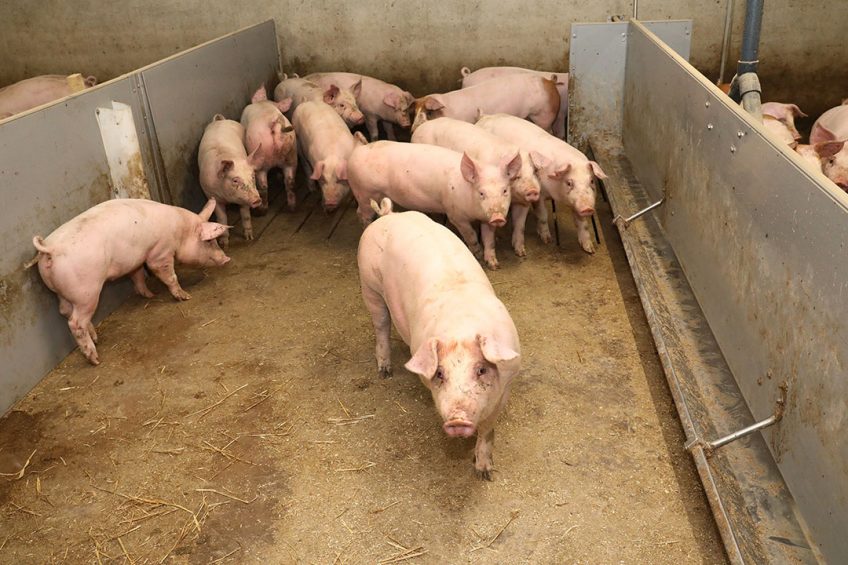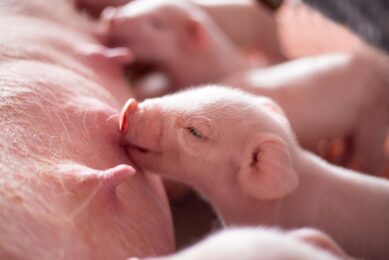Compensatory growth post-weaning – does it exist?

Compensatory growth is a controversial subject in pig production. Do piglets catch up with their growth when they have suffered from a post-weaning check – or don’t they? Pig management expert John Gadd reaches a remarkable conclusion.
As one of the ‘sheltered group’ during Covid-19, I am instructed/advised not to leave the house until this deadly virus has subsided sufficiently. Thus I have more than enough time to think about several controversies in pig production, and after more than 50 years of dealing with postweaning check problems on perhaps 80 farms over the years I have a thick file on compensatory growth.
What is controversial about compensatory growth?
So what is compensatory growth, and why should it be so controversial? After the usual check to growth rate for a while from being weaned – does the piglet catch up the lost growth by slaughter? Does that happen?
“No!,” said the eminent Prof Colin Whittemore, whose knowledge and advice I have always admired, in his book The Science and Practice of Pig Production (1993): “Compensatory growth is the last refuge of producers who have not managed the pigs properly.”
Observations from the field
So be it, science has spoken. But what was happening in the field? As I had repeatedly found on over 50 farms that if the post-weaning check is not too severe, say around 5-7 days of measurable growth compared to non-checked weaners, these pigs can finish within a day of the less affected pigs by slaughter weight. I know because I weighed them all on the same day to check on what my clients were telling me, see Table 1. Equivalent extra value per tonne feed is £79.50 (€ 87.91) from little or no post-weaning check.
Using the Meat per Tonne of Feed fed (MTF) figure, which takes account of lean meat deposition rather than Feed Conversion Ratio (FCR), the effect of any check to lean gain is significant in terms of cost effectiveness (i.e. econometrically) which rises exponentially the longer the check to recovery. This data also confirms the wisdom of using a more expensive starter feed.
Both views on compensatory growth are correct
So who is right? In view of Dr Whittemore’s plangent remarks, this surprised me. The answer is that both views arecorrect.
From the figures provided to me by my clients the pigs did seem to catch up in liveweight terms, but when I applied the MTF figure the killing out percent of the checked pigs was down between 0.2% to 1.06% which resulted on average, some 47kg less lean meat sold (i.e. deadweight not liveweight) for each tonne of food fed, the liveweight measurement including some carcass contents not required by the consumer.
High density starter diets
Providing the post-weaning dietary specifications were sufficiently high in nutrient density per tonne of feed fed, then as practical farm nutritionist Mick O’Connell has shown (see Table 2), the more expensive high density starter diet wins both in performance and economic terms, but my farm trials suggested that on other hand that lean gain does not catch up by slaughter as is often the case. And when analysed properly, then both science and practice can largely agree.
O’Connell correctly uses a high-density diet to minimise the postweaning check and deadweight as his preferred measurement.
There are countries in the world where pig producers are still paid on liveweight terms when deadweight, i.e. lean meat, would be superior from the consumers’ angle. We still have much to learn and apply to record measurements, as I have been saying for over 50 years – see my ‘New Terminology Needed’ in my 3 pig textbooks and 3,000 articles.
Getting better, but too slowly, I fear!

Pig Progress experts talk
To read more Pig Progress expert opinions











